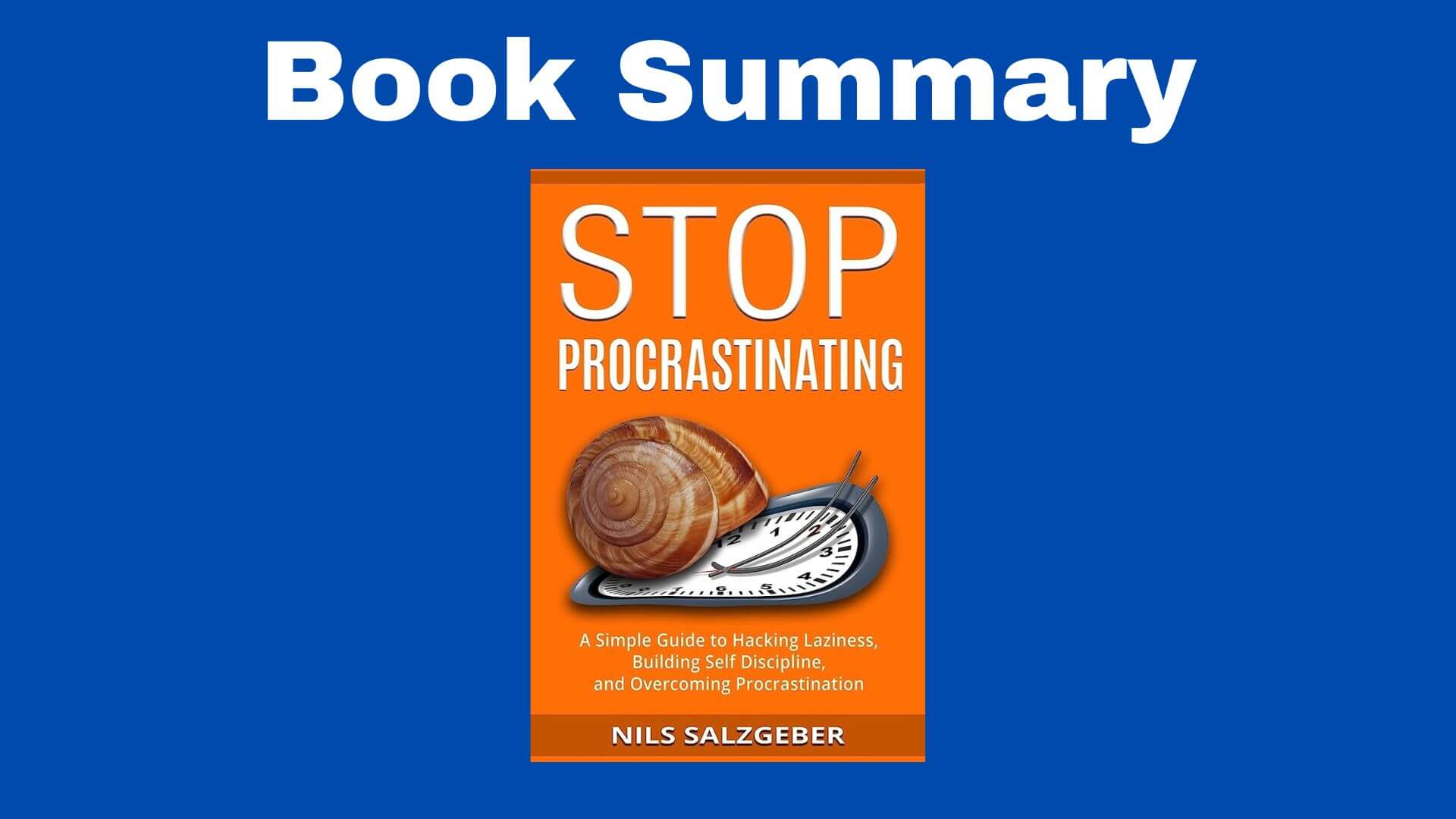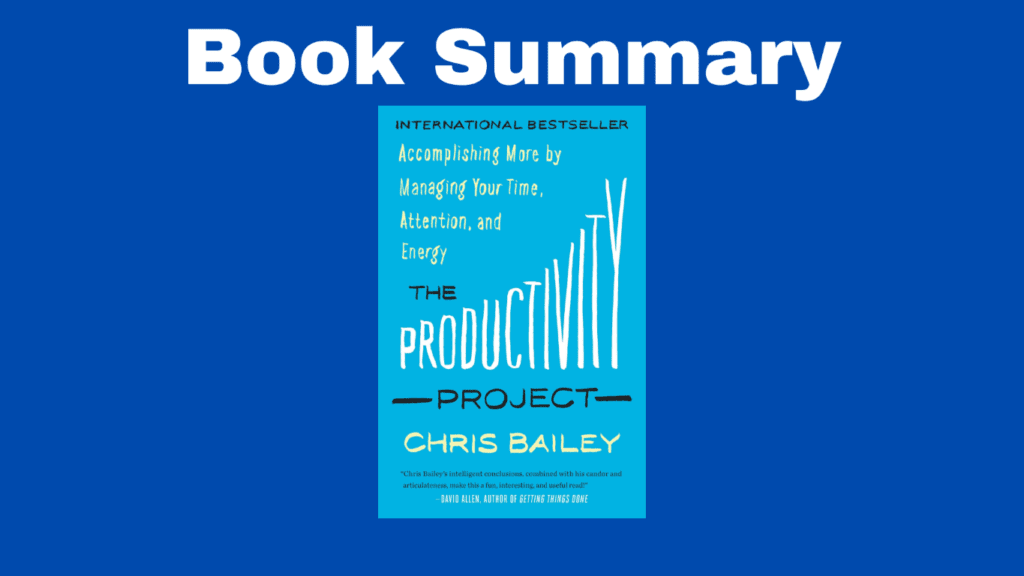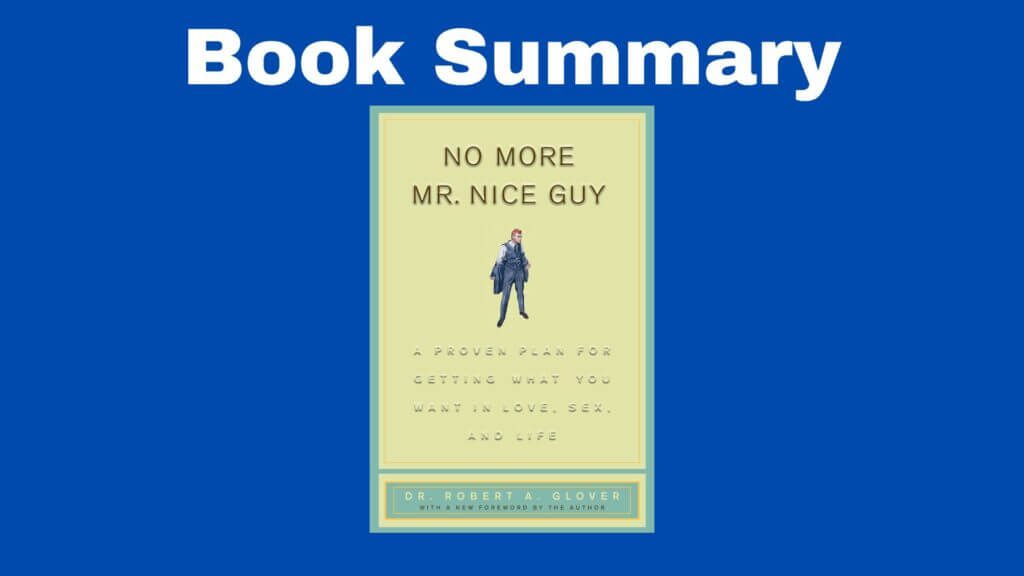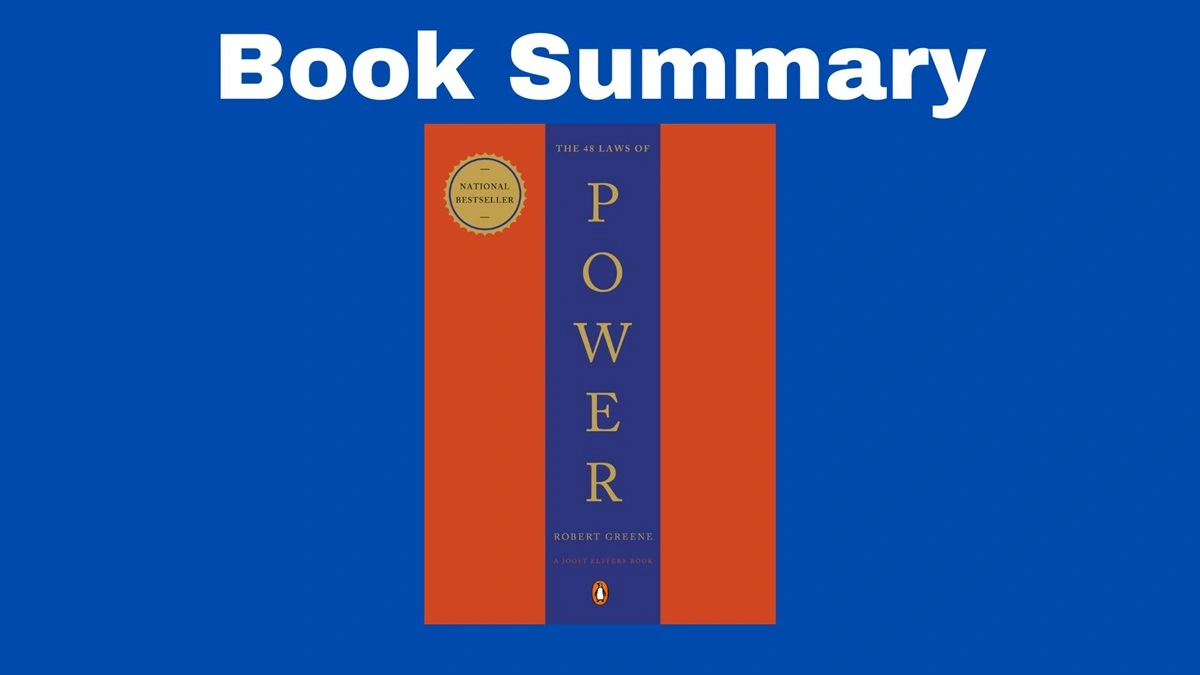The Book in Three Sentences
In this book summary of Stop Procrastinating, you’ll learn to unlock your full potential and get rid of stress and guilt. This book is all about doing things quickly and effectively so that you have more chances of success. The book also features a handful of practical strategies that will help you overcome laziness and make use of your willpower.
Stop Procrastinating Summary
Introduction
A lot of people want to be productive, exercise often, wake up early, and finish projects on time, but for some reason, they can’t. One of the main reasons people don’t follow through on their goals is because they constantly put them off. Since some activities seem uncomfortable, you replace them with easier ones, such as watching TV, playing video games, or using social media. But you then feel guilty and criticize yourself which leads to more distractions. If this describes you, it means you’re a procrastinator.
Most procrastinators are capable people, but they have trouble going from thinking to doing. But the feeling of regret gets worse over time. This book is about implementing a series of strategies to do the things you want to do.
Chapter 1: Know Thy Enemy
The author defines procrastination as “the act of delaying or putting off something that should be done”. Often, the activity we delay is good for us, but we postpone it anyway. Procrastination happens because we don’t want to do the task in question and our brain wants immediate gratification. The rational part of you recognizes the value of this activity, but since your brain sees it as boring and hard, there’s a conflict. Procrastination is a battle of impulses between willpower and impulse.
Procrastination is all about emotions. You put off all the tasks that can lead to anxiety, frustration, and boredom, and instead, you favor things that are comfortable and easy. But not doing the things you’re supposed to leads to guilt and procrastination. Before you know it, you‘re caught in a vicious circle that’s hard to get out of. In the end, procrastination is the result of some internal fear and this leads to a constant state of worry.
Chapter 2: Awareness
To make a lasting change, you need awareness. Most people don’t even know they procrastinate, so they’ll never overcome it. Most of the choices we make happen on autopilot, so instead of using awareness, we rely on our urges and impulses. Once you start identifying patterns, change is more likely to happen.
Keep a procrastination log: This log lets you track activities, excuses, emotions, and thoughts. By seeing patterns and mistakes, you can avoid them in the future.
Chapter 3: The Paradox of Getting Started
The tasks you procrastinate on make you uncomfortable, anxious, or overwhelmed. This is our brain’s way of avoiding pain. To get rid of the pain, just get started. The pain happens during the anticipation of a task and not during the performance of it. While it takes effort to get started, once you do, the difficult task becomes more manageable. This gets better with practice, so the more you do it, the better you get at it.
Focus on the next step, not the next thousand steps: Big projects intimidate and overwhelm us. To overcome this, break down a task into small steps.
This is how it works:
- Make a list of everything you have to do
- Create a plan where you detail what you’re going to do and in which order
- Focus on one step at a time and ignore the upcoming ones
- Start the next step
Lower your ridiculous standards: Forget about perfection or else you’ll have problems getting started and even when you do, everything will be more difficult than it has to be. Perfectionism also leads to self-criticism, so lower your standards.
Follow the two-minute rule: If a task takes two minutes to complete, just do it. This is a way to avoid filling your head with things to do later. By doing the things in question now, you’ll be less overwhelmed later.
Set an implementation intention: An implementation intention is a plan to act in a specific way when something happens. It usually looks like this: “If X happens, then I’ll do Y”. For example, “as soon as I wake up, I’ll meditate for ten minutes”.
Focus on the process, not the outcome: An outcome is the result of a process. By focusing on the process, you’ll eventually arrive at the desired outcome effortlessly. Don’t focus on losing weight, focus on eating healthy food and exercising. The process is usually simple and the outcome daunting.
Chapter 4: What Productivity Gurus Won’t Tell You About Procrastination
Some people see procrastination as a time-management problem, but that’s simply not the case. Procrastination is an emotional management problem. You can plan your days perfectly and still procrastinate. To carry out the activities you want to do, you must deal with negative emotions. That said, solid time management strategies are good to know.
Schedule, schedule, schedule: To make sure you do things, you have to schedule them first. Writing things down on a calendar makes them more tangible.
Start your day on fire: The first hours of the day are important because they mark the trajectory of the rest of the day. To do so, get up as soon as you wake up, have a morning ritual, have a healthy breakfast, and work on your most important task. The best way to do this is by planning your entire day the night before.
Plan your day the night before: This is a way to create momentum and stay productive all day. Writing your tasks should only take a few seconds, but it makes a difference.
Chapter 5: The Magic of a Simple Plan
Implementation techniques tell you how to act in future situations. They’re a way to automate your behavior and act the way you want in the future. We do this by linking a cue (the “if” sentence) with an intended behavior (the “then” sentence). This lets you make decisions rationally and automatically. As a side effect, you don’t waste willpower on decisions because they have been made beforehand.
Set some implementation intentions: This involves writing down a series of if-then plans specifically for the tasks you often procrastinate on.
Chapter 6: Carrots and Sticks
As a way to motivate you, you can use rewards and punishments. We can divide our brain into two: our rational part and our irrational part. The former know what we’re supposed to do now in order to get future rewards. The latter only cares about immediate gratification. Our goal is to use rewards for good activities and punishments for bad ones.
Promise yourself a reward: By giving yourself rewards along the way, you’ll be motivated to do things. For example, television after homework, a healthy smoothie after exercise. For rewards to be effective, you must make them immediate. So for long projects, plan small rewards along the way.
Bundle temptations: Temptation bundling is about giving yourself rewards while doing something. For example: exercise while watching TV, listening to your favorite podcast while cleaning the house.
Make Procrastination pay: This exercise is about punishing yourself for not doing something. This works because of loss aversion, our tendency to avoid losses rather than obtain equivalent gains. The simplest way to do this is by giving money to someone. If you complete the task, you get your money back and if you don’t complete the task, you lose the money.
Chapter 7: Why Your Granny Doesn’t Procrastinate
We’re surrounded by enticing things to do, but few of them provide value and growth. Modern society is overscheduled, overconnected, and overstimulated. As a consequence, we can spend our potential on meaningless activities, such as television, games, social media, email, and so on.
The problem is that distractions are attractive and work is boring, so we procrastinate as a result.
Eliminate or complicate: Since most distractions are always available, we use them all the time. To procrastinate less, make distractions less accessible. Block distracting websites, delete apps, delete games, and sell your video game consoles or store them.
Mold your environment: Our environment is full of triggers. See food and you’ll get hungry, see sexy images and you’ll want sex, see games and you’ll want to play them. To procrastinate less, remove all the objects that encourage you to waste time. Declutter your browser, declutter your desktop, put your phone away, get rid of notifications, and surround yourself with things that encourage healthy habits.
Make distractions pay: Money is a great way to stop engaging in bad habits. Commit to paying a specific sum every time you play games or use social media.
Chapter 8: The Power of Nice
When you procrastinate, criticizing yourself will get you nowhere. Self-criticism has been linked to depression, anxiety, shame, insignificance, and guilt. But there’s an alternative: self-compassion. Compassion is the feeling that surfaces when you confront someone else’s suffering and you have the desire to relieve said suffering. Similarly, self-compassion is about accepting your own suffering and doing what you can to lessen it.
Self-criticism negatively impacts your performance, leads to self-sabotage and performance anxiety, and makes you more likely to procrastinate. Self-compassion, on the other hand, improves motivation, performance, health, success, and more. The more important benefit is that you experience less fear of failure. This happens because self-compassionate people see failure as a learning opportunity.
Forgive yourself: Don’t give yourself a hard time after procrastinating. Remind yourself that procrastination is inevitable and that we all do it. Accept your emotions and commit to doing things better next time.
Chapter 9: The Art of Emotion Surfing
Procrastination is strongly related to emotion management. To stop procrastinating, we have to manage our emotions better. We can’t let our emotions take over or else we’ll become its slave. While our feelings encourage us to behave a certain way, we don’t have to do it. We can’t change how we feel, but we can change how we respond.
Surf your emotions: When you feel the urge to react to something, don’t. Just observe how your body feels. While difficult, you can tolerate negative emotions. Urges come to us in waves, smaller at first, but they grow bigger and bigger. When the biggest wave passes, the feeling in question starts to die out. This is what happens when you want to procrastinate. Accept your emotions and they’ll soon go away. To use this technique more effectively, you need awareness.
Chapter 10: The Science of Willpower
Procrastination is a failure to do something. You have the desire to do something, but you can’t make it happen. Willpower is the ability to do the most difficult thing instead of the easiest. To be happy, healthy, wealthy, or successful, you need willpower. This is the best thing you can do to improve your life.
Willpower is like a muscle and the more you exercise it, the stronger it gets. But like muscles, willpower loses its strength if you use it too much. You only have a limited supply of willpower and once the tank is depleted, you lose your ability to self-regulate. This explains why after a long day at work, you watch TV instead of going to the gym.
Optimize your health and energy levels: The number one thing that makes people procrastinate is fatigue. This happens because willpower requires energy. So take care of yourself and give your body a good supply of energy: sleep well, don’t drink too much alcohol, avoid stressful situations, get enough sleep, eat healthy food, and exercise often.
Simplify your life: Avoid decision fatigue to conserve more energy. This involves planning your days beforehand, eating the same meals throughout the week, and minimizing your wardrobe.
Meditate: Meditating is one of the best ways to improve self-control. Among other things, meditation improves your focus, attention, self-awareness, and stress management, among other benefits.
Exercise: Exercising is one of the best resources available to improve your willpower. Start with manageable goals and try to be consistent.
Grow your self-compassion: Be kind to yourself, especially during failure. Like willpower, self-compassion is a muscle. So try to use it as regularly as you can.
Further Reading
If you enjoyed this book summary of Stop Procrastinating, you might also like the following summaries:




